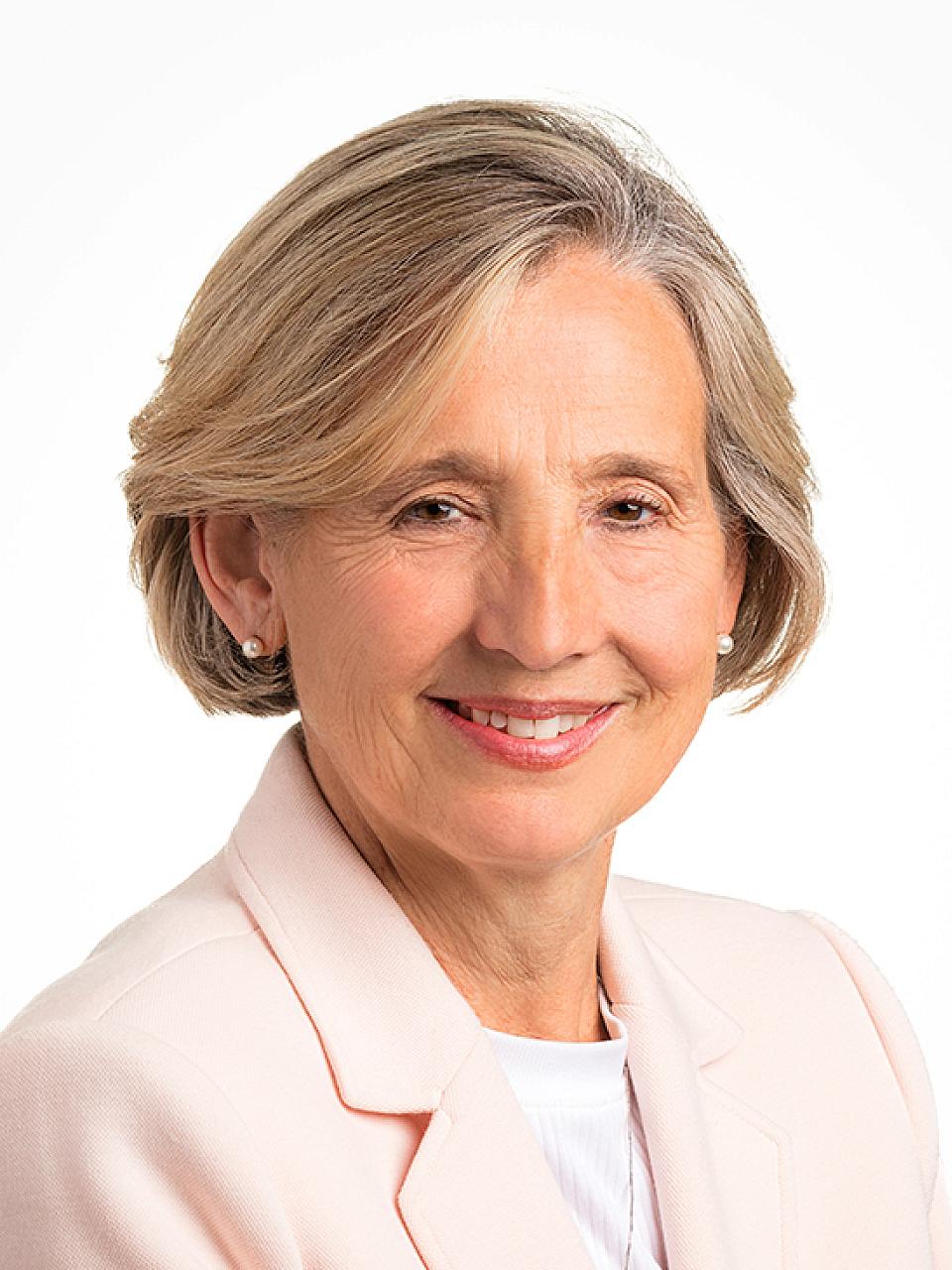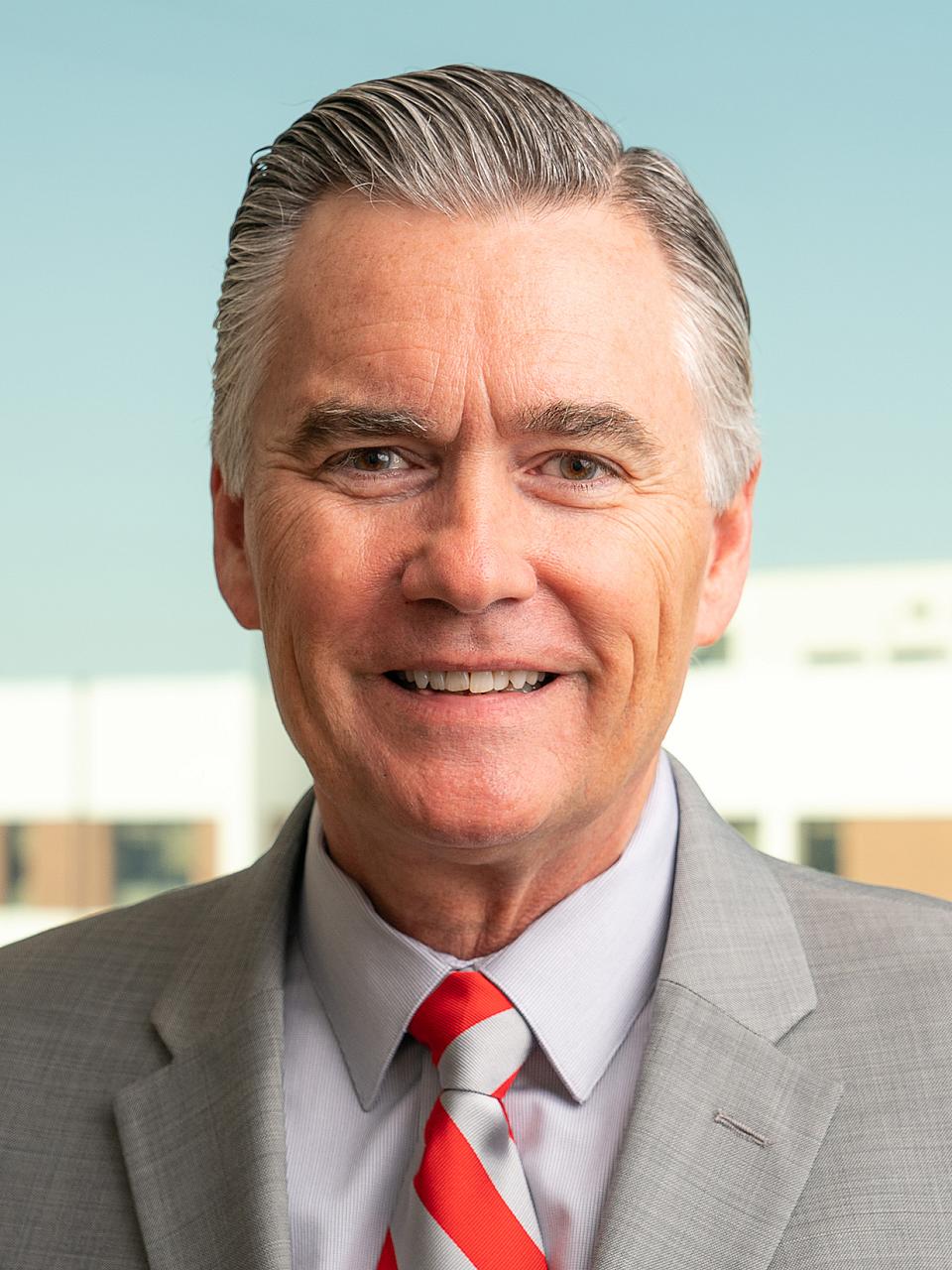Voices of U of U Health
Arthur Brooks Unpacks the Science of Happiness
How is it that the highest achievers are the most disappointed later in their life?
What can I do to live my biggest life and also be happy?
These are some of the questions raised by author and impact scholar Arthur Brooks, PhD, during a recent visit to the University of Utah. As part of his higher education initiative, Brooks met with U of U Health physician leaders and hospital administrators.
He referenced topics from his New York Times bestseller “From Strength to Strength: Finding Success, Happiness, and Deep Purpose in the Second Half of Life” and his newest release “Build the Life You Want: The Art and Science of Getting Happier” with co-author Oprah Winfrey.
To lead better, happier lives, Brooks urges us to incorporate the science of happiness into our careers and our practice—sooner rather than later.
Overcoming the Striver’s Curse
In his conversations with members of the medical community, Brooks hears a lot of concern about well-being, not just physical health. By definition, physicians and health care professionals are strivers, Brooks explained. He defines a striver as someone who was identified as a high achiever early in their education or career.
The world we live in convinces strivers that, as long as they work hard, play by the rules, graduate from a top-tier college, go to medical school or get a PhD, and have a successful career—then they will be happy.
On the contrary, Brooks explained, strivers tend to be the most disappointed with their lives after the age of 80. Researchers call this the “striver’s curse.” Strivers expect themselves to live up to high standards of success year after year. But the inevitable disappointment hits and happiness levels plummet.
In his research, Brooks studied a group of strivers who were happier when they were older. Why were they happier? He discovered a pattern—rooted in the theory of two intelligences—in the lives of happier older strives.
Know the Curve You’re On
Brooks discussed the different kinds of intelligences that happen naturally at different periods of life. He explained fluid intelligence is what gives us working memory, unrelenting focus, and innovative capacity. However, the fluid intelligence curve peaks around age 30.
Brooks went on to explain that crystalized intelligence, on the other hand, increases in our 30s and 40s and stays high into our 80s and 90s. This curve is based on what we know and how we synthesize information to explain highly complex ideas. Often referred to as wisdom, Brooks says crystallized intelligence revolves around teaching capacity, mentoring, and managing others.
Brooks discovered that happy older strivers willingly step from one curve to the next—from innovator to synthesizer. When we know which curve we’re on, he explained, we can have the best years of our career, the most fun, greatest satisfaction, and highest level of success.
“If people are reading your resume at your funeral, you did it wrong,” Brooks said.

Successfully Applying These Strategies in Academia
In academia, who has this figured out? Brooks says business schools are a leading example. At Harvard Business School (HBS), where he teaches courses on leadership and happiness, assistant professors teach one class each year so they can focus on published research. This is how you set up the highest performers for success, Brooks says.
On the other hand, people in the second half of their careers at HBS usually teach two or three classes a year. HBS puts more of its older professors in front of the most popular classes with large groups of students because they are great lecturers. Brooks explained the best teaching evaluations at Harvard go to professors over 70. Why are they the best teachers? Because they have the highest crystallized intelligence.
Brooks advocates for using this science to drive our rewards system in academia. He recommends a separate rewards system for people at different points in their career. Just as we reward people for their innovative research, Brooks says, we should be rewarding those who are stellar teachers—some of them with waiting lists of hundreds of students. Creating endowed teaching chairs is one way to do that.
The Big Four
Brooks explained that general happiness levels in the U.S. have been on the decline since 1990. To reverse this trend, he says individuals, societies, and employers should focus on the “big four:”
- Faith and philosophy. Seek transcendent experiences. Whether it’s religion, spending time outside, or listening to music, take time to “zoom out” on your life.
- Family. Whether traditional or non-traditional, Brooks says family life is the biggest predictor of happiness.
- Friendship inside communities. Loneliness is a serious crisis in our society, Brooks explained. Regularly connecting with other people impacts happiness levels.
- Attitude about work. As a society, our orientation toward work has shifted to be much less vocational, Brooks says. Striking a balance between work and life contributes to our happiness.
“If you want to be happier today, these are the things that get you there,” Brooks said.

